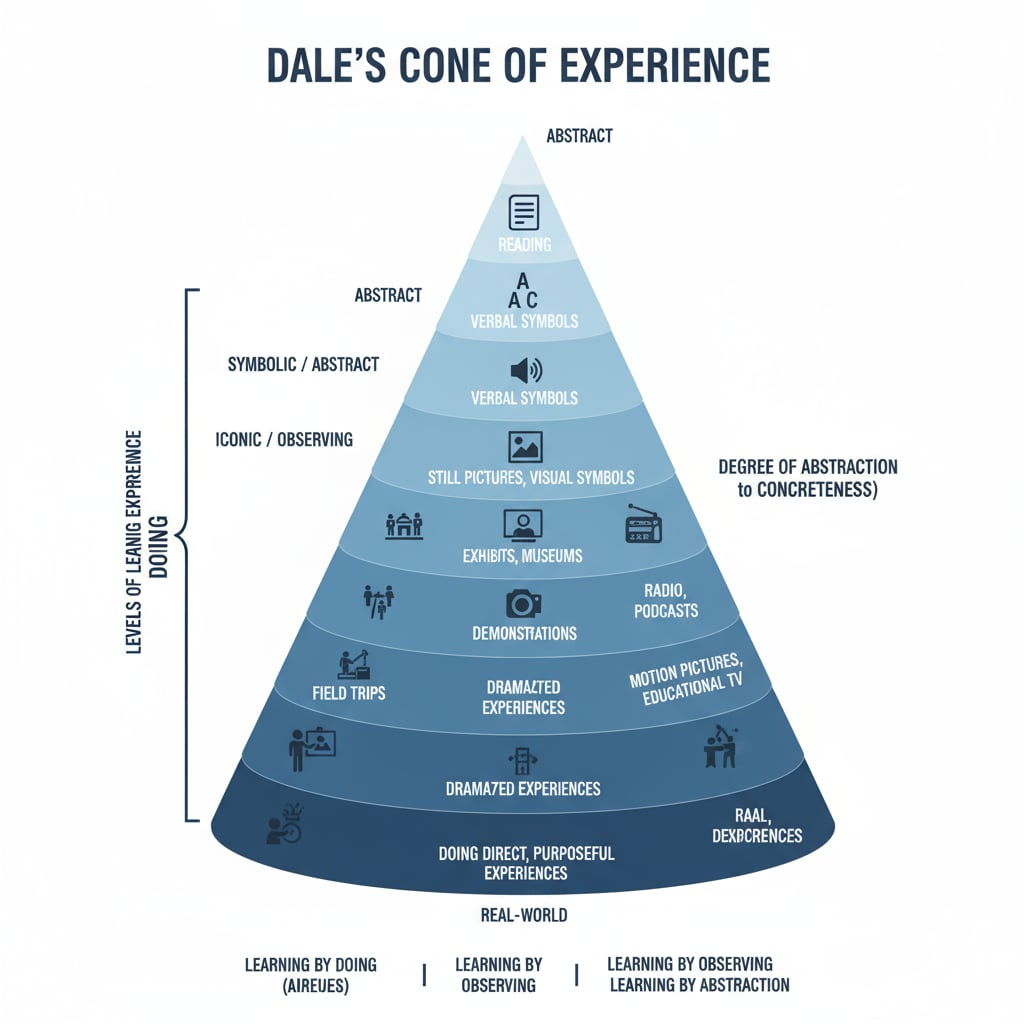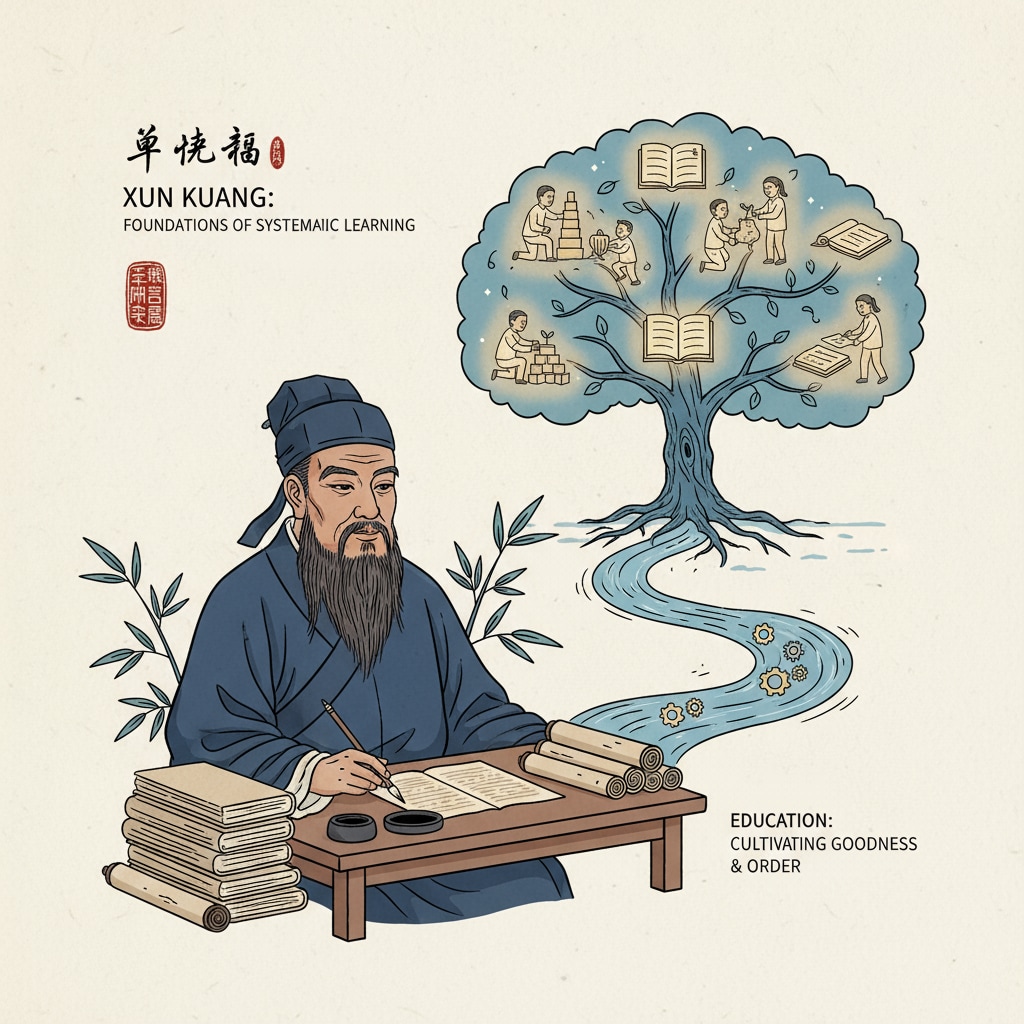Learning theories, Xun Kuang, Cone of Experience, and practical learning are integral aspects of understanding how we acquire knowledge effectively. Throughout history, different thinkers and scholars have proposed various ideas on this subject. In this article, we will embark on a journey to explore the profound wisdom hidden within these concepts, and how they shed light on the most effective ways of learning.

The Wisdom of Xun Kuang: A Hierarchy of Learning
Xun Kuang, a renowned Chinese philosopher, had profound insights into the process of learning. He believed that learning was not a passive acceptance of information but a hierarchical process. At the base of his learning hierarchy was “hearing.” This was the most basic level where one simply received information through auditory means. However, Xun Kuang emphasized that this was just the starting point. Moving up the hierarchy, “seeing” was the next level. When one saw something, the understanding deepened as visual input added more dimensions to the knowledge. But the pinnacle of learning, according to Xun Kuang, was “doing.” Xun Kuang on Wikipedia

The Modern Perspective: The Cone of Experience
The Cone of Experience theory, proposed by modern educational scholar Edgar Dale, also presents a framework for understanding learning. Similar to Xun Kuang’s ideas, it posits that different types of learning experiences have varying degrees of effectiveness. At the top of the cone are the most passive forms of learning, such as listening to lectures or reading. As we move down the cone, the experiences become more hands-on and engaging. The bottom of the cone represents the most effective form of learning, which involves direct, purposeful experience – much like Xun Kuang’s concept of “doing.” Cone of Experience on Britannica
These two theories, despite being developed in different times and contexts, share a common thread. They both recognize that true learning goes beyond passive reception of knowledge. It requires active engagement and practical experience.
Readability guidance: As we’ve seen, both Xun Kuang and the Cone of Experience theory highlight the importance of practical learning. By understanding these concepts, educators and learners can design and engage in more effective learning experiences. In conclusion, whether in ancient times or today, the principle of learning by doing remains a fundamental truth in the realm of education.


